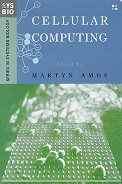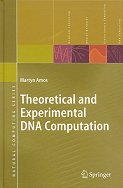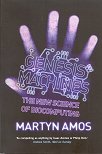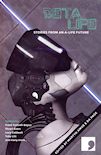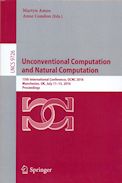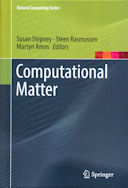Computers are changing.
Soon the silicon chip will seem like a clunky antique
amid the bounty of more exotic processes on offer.
Robots are changing too; material evolution and swarm intelligence
are creating a new generation of devices that will diverge and disperse
into a balanced ecosystem of humans and ‘robjects’ (robotic objects).
Somewhere in between, we humans will have to change also…
in the way we interact with technology, the roles we adopt in an increasingly
‘intelligent’ environment, and how we interface with each other.
The driving motors behind many of these changes will be artificial life (A-Life)
and unconventional computing.
How exactly they will impact on our world is still an open question.
But in the spirit of collective intelligence,
this anthology brings together 38 scientists and authors, working in pairs,
to imagine what life (and A-Life) will look like in the year 2070.
Every kind of technology is imagined: from lie-detection glasses to military swarmbots,
brain-interfacing implants to synthetically ‘grown’ skyscrapers,
revolution-inciting computer games to synthetically engineered haute cuisine.
All artificial life is here.
